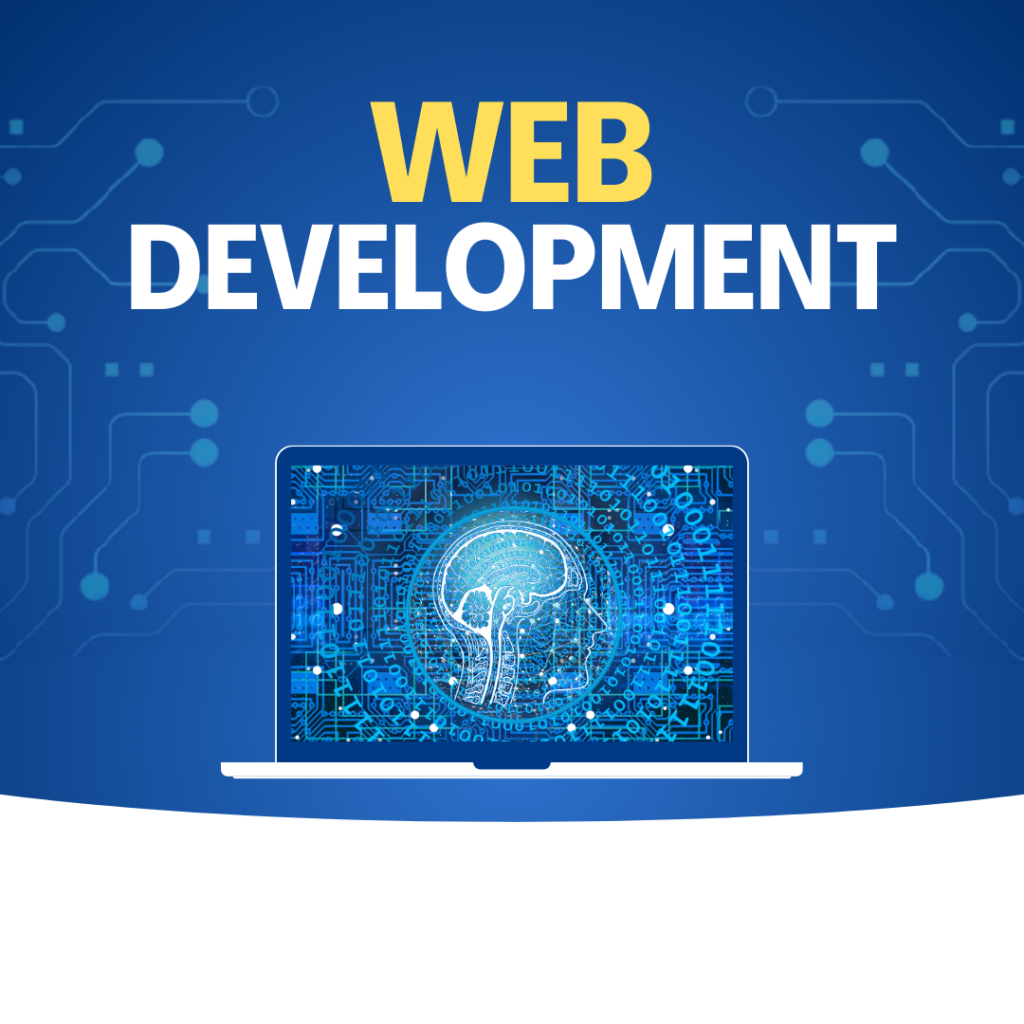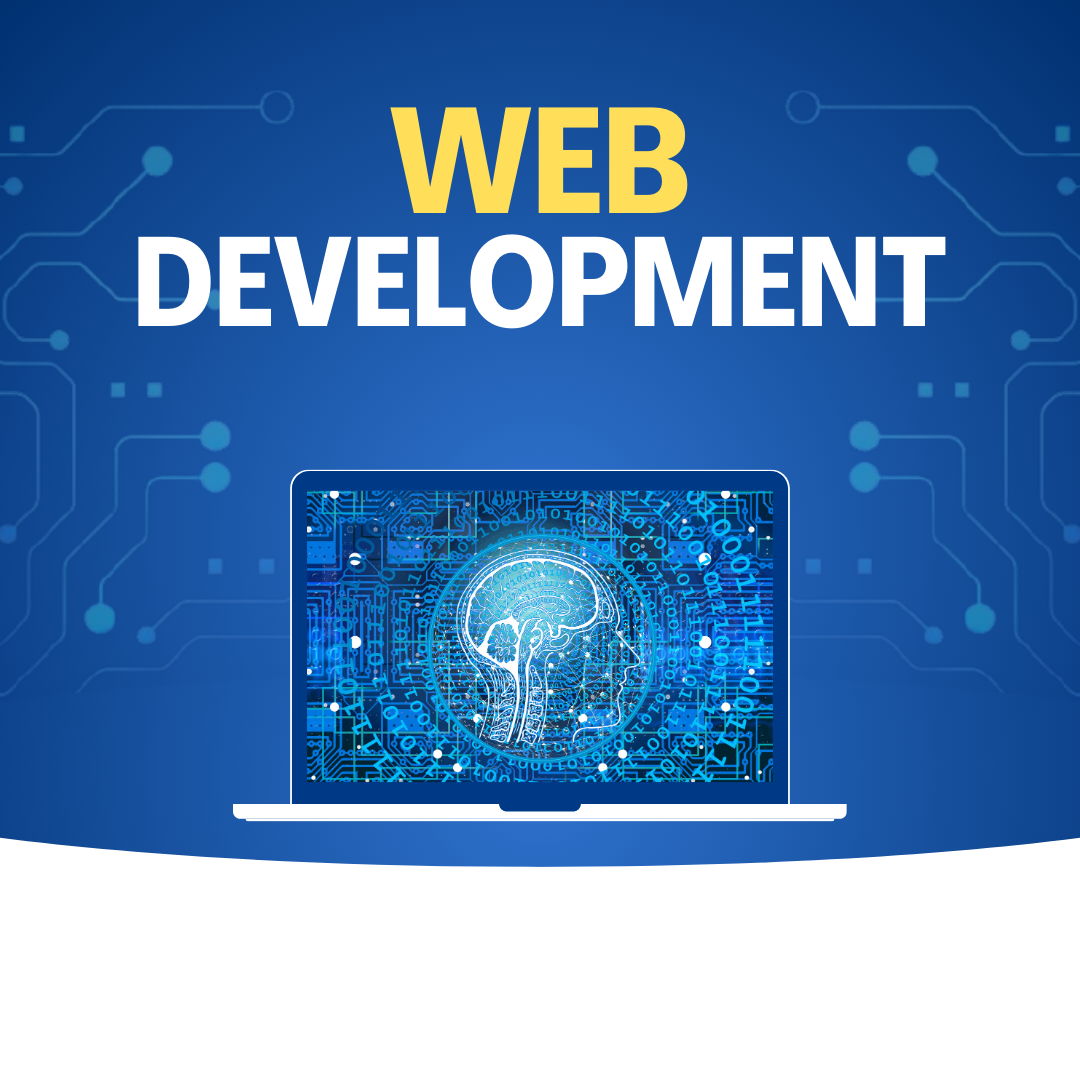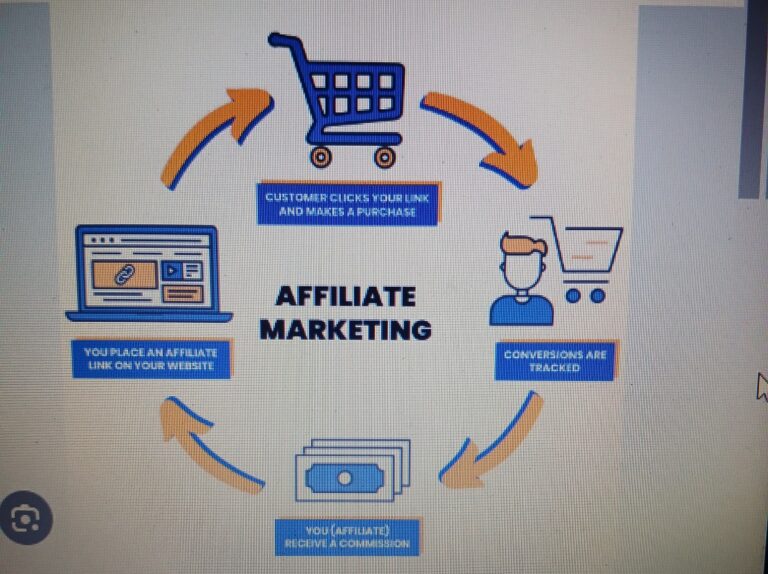Web development

Web development involves building websites and web applications for various purposes, such as personal blogs, e-commerce stores, business websites, and more. Here’s a step-by-step guide on how to get started with web development:
1. Learn the Basics of Web Development:
– Start by learning the fundamentals of web development, which include HTML (Hypertext Markup Language) for structure, CSS (Cascading Style Sheets) for styling, and JavaScript for interactivity. These are the core technologies for building websites.
2. Choose a Specialization:
– Web development encompasses various specializations, including front-end development (user interface), back-end development (server-side logic), and full-stack development (both front-end and back-end). Decide which area interests you the most.
3. Coding Environment:
– Set up your coding environment by installing a code editor (e.g., Visual Studio Code, Sublime Text) and a web browser for testing.
4. HTML and CSS:
– Begin with HTML to create the structure of web pages. Learn how to create headings, paragraphs, lists, links, and images.
– Move on to CSS to style your web pages. Learn about selectors, properties, and values to control the layout, colors, fonts, and spacing.
5. JavaScript:
– Explore JavaScript to add interactivity and dynamic behavior to your websites. Learn about variables, functions, loops, and conditions.
6. Responsive Web Design:
– Study responsive web design principles to create websites that adapt to different screen sizes and devices.
7. Version Control:
– Familiarize yourself with version control systems like Git and platforms like GitHub. Version control helps you manage your code and collaborate with others.
8. Front-End Frameworks and Libraries:
– Depending on your specialization, consider learning front-end frameworks and libraries such as React, Angular, or Vue.js for building dynamic and interactive user interfaces.
9. Back-End Development:
– If you’re interested in back-end development, learn server-side programming languages such as Node.js, Python, Ruby, or PHP.
– Explore databases like MySQL, PostgreSQL, or MongoDB for data storage.
10. Web Development Tools:
– Familiarize yourself with development tools and technologies like package managers (npm, yarn), build tools (Webpack, Gulp), and task runners to streamline your workflow.
11. Web Hosting and Domains:
– Learn about web hosting services and domain registration to deploy and publish your websites on the internet.
12. Content Management Systems (CMS):
– Consider exploring popular content management systems like WordPress, Joomla, or Drupal if you’re interested in building websites without coding everything from scratch.
13. Web Security:
– Study web security best practices to protect your websites from common vulnerabilities like SQL injection and cross-site scripting (XSS).
14. Web Accessibility:
– Learn about web accessibility standards (e.g., WCAG) to ensure that your websites are inclusive and can be used by individuals with disabilities.
15. Project Portfolio:
– Create a portfolio of your web development projects to showcase your skills and attract potential clients or employers.
16. Freelance or Employment:
– Decide whether you want to work as a freelance web developer, join a web development agency, or seek employment with a company.
17. Continuous Learning:
– Stay updated with the latest web development trends and technologies by reading blogs, attending online courses, and joining web development communities.
18. Problem Solving:
– Web development often involves problem-solving. Practice debugging, troubleshooting, and finding solutions to coding challenges.
19. Legal Considerations:
– Understand web development-related legal issues, including copyright, intellectual property, and data protection regulations.
Web development is a dynamic field that offers numerous opportunities for creativity and problem-solving. Whether you choose front-end, back-end, or full-stack development, continuous learning and practice are key to becoming a proficient web developer.







